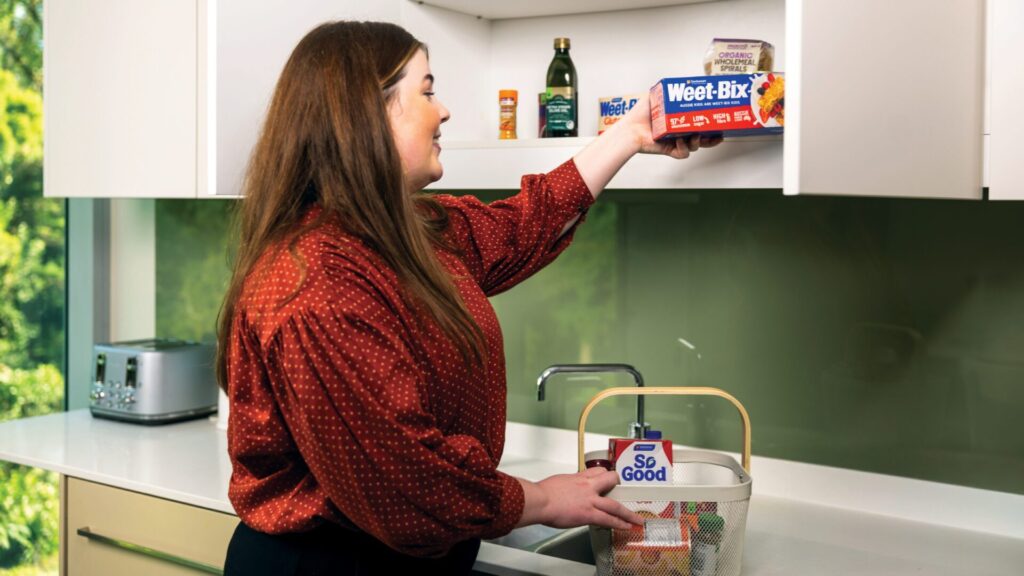How did the San get through an enormously challenging two years of COVID-19, help NSW with its response and still achieve a lot of outstanding work together? Our COVID response could not have happened without the robust teamwork that is such a big part of Adventist HealthCare (AHCL) culture.
The impact of COVID-19 on the hospital and staff was immense with disruptions to elective surgery, rising inflation, supply chain issues and staff shortages. All of these challenges faced by AHCL came in waves as the health sector moved through the different phases in COVID, and called on the organisation to step up like never before.
One of the keys to successfully navigating COVID was establishing core principles early on—the first of which was to keep doctors, staff and patients safe. Our second principle was to come through the pandemic with a sustainable organisation, while the third was to keep the San mission alive. CEO Brett Goods always referred the leadership team back to this framework during moments of uncertainty.
Early days: establishing frameworks and plans
At the outset of COVID-19, the biggest challenge was low availability of PPE, a real risk to the San as a private hospital in an environment where the public sector was a priority. Early capacity modelling revealed we had insufficient PPE to perform regular medical and surgical work in addition to any requisite COVID activity. This necessitated the courageous step of reducing elective surgery, which we did just one day before the Federal Government announced their policy. Fully aware of the commercial ramifications for AHCL, we prioritised keeping our people safe.
We also set up many working parties focused on specific areas of the hospital—the catheter lab, the maternity ward and ICU, for example. The COVID Scrum—our COVID steering committee led by Clare Lumley—would meet daily, sometimes twice a day, to check in on issues that needed solutions. This was a vital tool in the rapidly evolving situation.
One of the fantastic successes in the early days was doctors doing research and coming to meetings in their own time to provide information to the leadership team. Prior to Federal Government policies of early to mid-2020, we had no choice but to develop our own. It was a busy time with staff working long hours.
Workforce preparation demanded significant attention. From training nurses to use an N95 mask, to preparing staff sufficiently in the event we were overwhelmed by case numbers, to recontracting doctors no longer doing elective surgery for COVID-relevant work—such as critical care— an immense amount of work took place behind the scenes.
The communications required to inform and keep everyone on track can’t be underestimated. In the early days, we used executive emails, but eventually the COVID newsletter was up and running and it kept us all regularly informed—with 52 newsletters in the past year alone.
COVID continues: being agile and responsive
By mid-2021 at the height of the Delta outbreak, we moved to support the State Government and Local Health District by seconding staff to vaccination hubs and other areas. At the hospital itself, we readied ourselves to take on public patients.
With so many “LGAs of concern”, this wasn’t easy. Besides contracting and rostering, we needed our workforce vaccinated and continually tested, then those working from home to be managed. For surgery that was going ahead, we had to develop a framework for triaging what was considered “urgent”. Staff did fall ill, with 150 staff with COVID absent at one point. Again, across the organisation, senior colleagues, doctors, nurses and administrators stepped up.
I can see now how the San’s history of thinking ahead came to fruition in helping get through the pandemic. We set up electronic medical records and an associated app in 2013 with doctors working remotely through digital platforms. As a result, the unavoidable digital transition during COVID went quickly and smoothly for us. A fortuitous organisational structure change in 2019 also helped immensely. Head of Surgical Services, Associate Professor Michael Hughes, and head of Division of Medicine, Clinical Associate Professor Geoffrey Herkes, were well settled into these roles and so going into the pandemic they were able to lead many conversations.
Reflecting as we get back to normal
While the early phase was the busiest, the Omicron wave of December 2021 was hardest. There were so many positives as restrictions were lifted. The supply chain issues linger and it would be good to see a national discussion on this as we reflect on Australia’s vulnerabilities going forward.
Overall, for two difficult years, the San has emerged as a sustainable organisation. This would not have happened without the colossal effort that took place. Many of us worked every day for months—meeting Monday through Sunday to ensure a coordinated response. Staff on the frontline worked overtime to keep our communities safe.
The coordination of frameworks and plans, a governance structure that kept us moving and adapting, and robust communications were all critical. But it is the role that every individual played along with the power of their collaboration that will stay with me forever. As we get back to normal, I have nothing but praise for my executive and administrative colleagues, admiration for medical staff who worked on the frontlines, and gratitude at being part of such a capable and principled organisation.
Dr Jeanette Conley, Adventist HealthCare Medical and Clinical Governance Executive.






